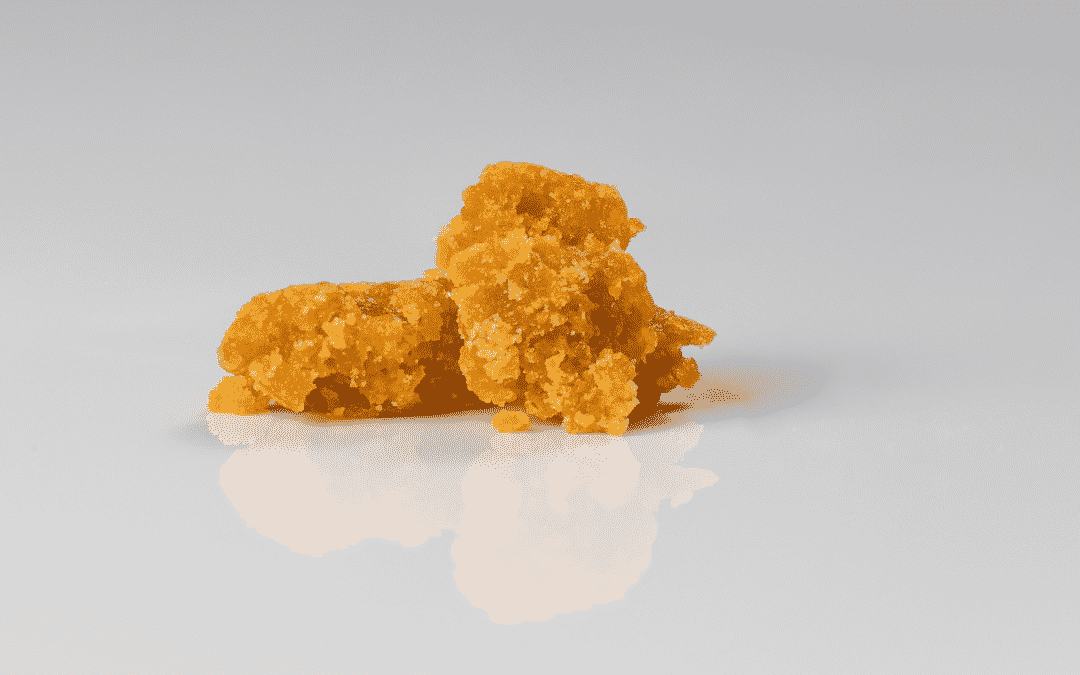The world of cannabis concentrates can be a sticky mess for beginners.
The concentrate scene has skyrocketed since emerging into the mainstream cannabis market in the early 2000s, with high-tech extraction processes leading to breakthroughs of new products. Today, consumers have plenty of options to choose from, each with their own characteristics, categories, and applications. But trying to understand all these different types — from budder to shatter to THCA diamonds — can make even the most seasoned cannabis consumer feel burnt out.
Welcome to Sweet Jane’s guide for navigating this complex category. Below, we answer questions like: What is a cannabis concentrate? How are concentrates used and made? What are the different types? And which is right for me? At the end, you might even be prepared to party when the cannabis community’s second-favorite holiday rolls around on July 10 (ICYMI: The date 710 rotated upside down spells “OIL,” slang for concentrates.).
What are concentrates?
These substances, which often have a texture similar to honey, have extremely high levels of THC, the psychoactive compound in marijuana. Concentrates can contain upwards of 90% THC, compared to just 10-30% in the flower on dispensary shelves.
Concentrates are primarily made from trichomes, the crystal-like hairs that make our beloved buds so sticky. THC-rich trichomes also produce most of the terpenes in cannabis plants. Terpenes are responsible for the plant’s smell, taste, and psychedelic effects. So the aromatics of your favorite strains will really shine through in concentrate form. Bong appetit.
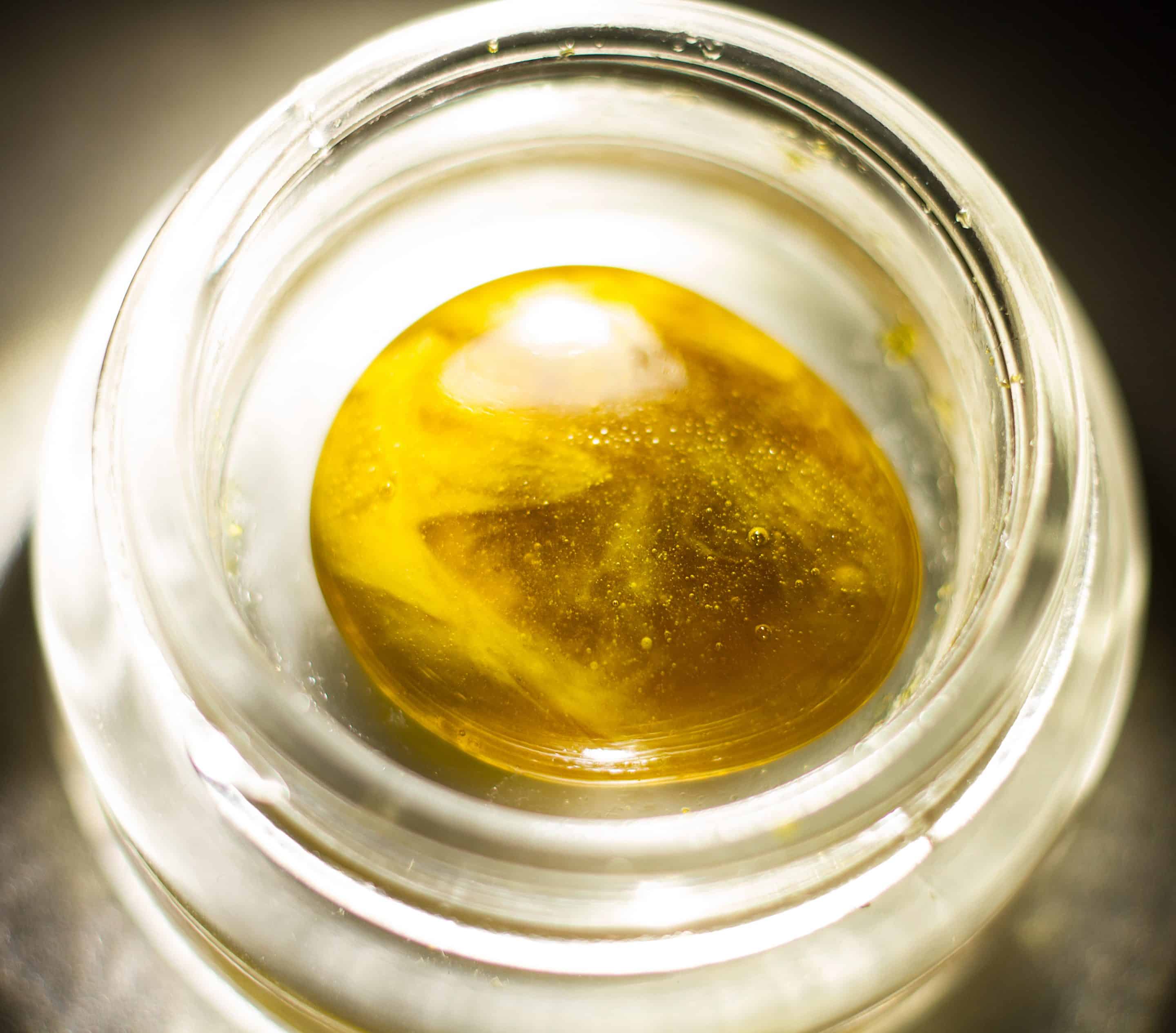
How are concentrates used?
Concentrates are incredibly versatile. They can be used in edibles, vape pens, sprinkled on bowls, or even twisted around the end of a joint. But they’re most commonly inhaled through a process called dabbing. Using a dab rig (a device similar to a bong), consumers can vaporize or smoke their product by dropping a small amount on the “nail” of their rig, a bowl-like dish heated with a handheld butane torch.
Vaporizing is easy to confuse with smoking, but they’re not actually the same thing. Smoking marijuana means releasing THC through combustion (a.k.a burning dry herb), usually with a lighter at about 600 degrees Fahrenheit. On the other hand, vaporizing means heating dry herb or concentrate right up to the point before combustion — around 350 degrees Fahrenheit — which creates a flavor- and aroma-packed vapor. Because vaping happens at a lower temperature, it preserves the plant’s cannabinoids and terpenes, and doesn’t produce the (sometimes harmful) chemical byproducts associated with combustion.
How are concentrates made?
There are three top methods for extracting concentrates. Knowing the different methods is important because the results from each change the concentrate’s color, consistency, and even the type it’s categorized under.
- Solvent-based extraction utilizes “different types of alcohol and petroleum derivatives such as butane and propane,” according to CannaSafe. In this process, the solvent pulls cannabinoids out from the buds. The solvent then evaporates, leaving the cannabis concentrate product behind. This volatile process, which should only be conducted in professional lab settings, results in products such as wax and shatter.
- CO2, carbon dioxide, extraction can lead to higher-quality products, according to Prospiant, because the method does not use high temperatures or solvents. The lower temperatures for the separation processing protect more of the oils and terpenes. For extraction, this method focuses on pressure, inducing gas, solid, or liquid forms of CO2. This results in products such as distillate, live resin, and diamonds.
- Solventless extraction means there are no solvents or chemicals used in the process. There are several methods for this natural process, including using heat, pressure, ice water, dry sifting, or other forces to produce concentrates. This results in products such as kief, hash, and rosin.
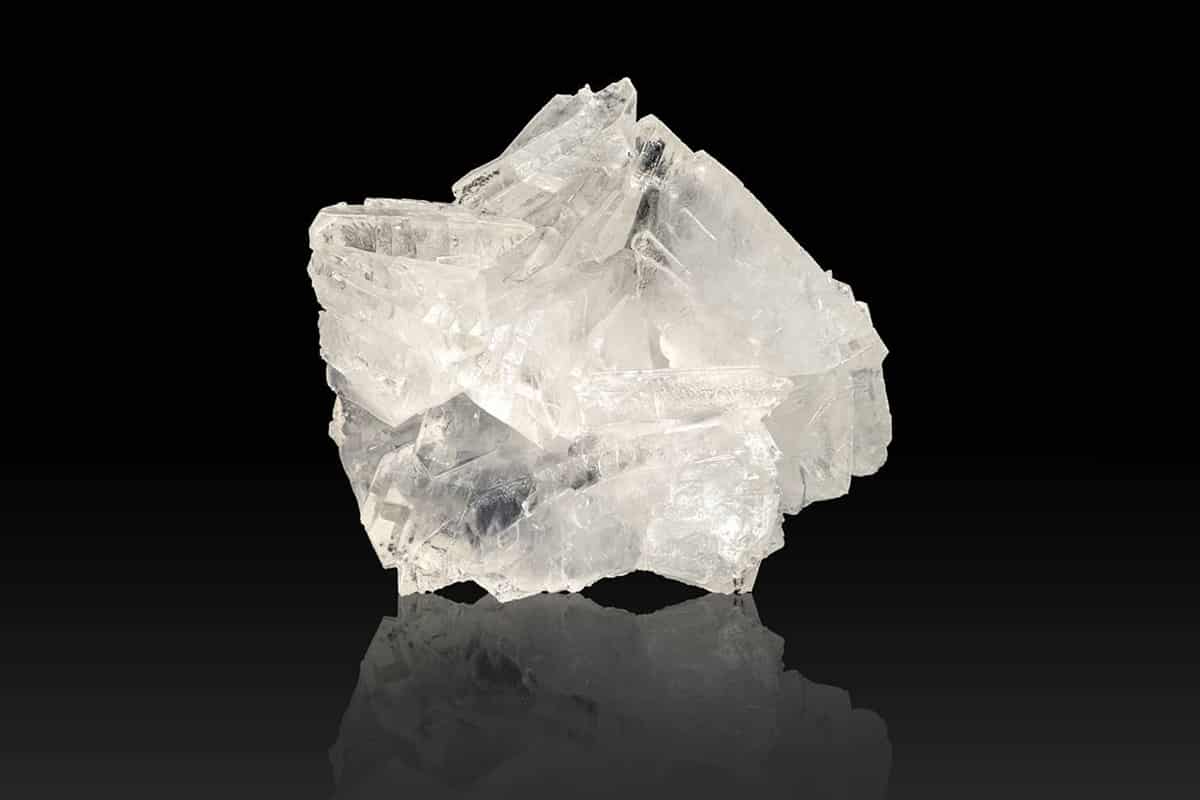
Types of cannabis concentrates
Shatter (a.k.a glass)
This type of concentrate gets its name from its brittle, glass-like texture. It’s smooth, shelf-stable, and considered one of the most potent forms of marijuana. Shatter contains an average THC content of about 80%.
Wax (a.k.a crumble or budder)
Similar to shatter, wax is extracted with the help of a solvent, but wax varies more in its consistency. Based on the moisture and heat levels during the extraction process, wax can be creamy or crumbly. It’s sticky, so people usually handle it with a “dabber” tool. Wax products can contain a THC content anywhere from 70-90%.
Rosin
This syrupy concentrate is as natural as they come. It’s created by applying heat and pressure to cannabis buds until their resin oozes out into a thick sap that’s rich in THC and terpenes. Rosin can be made at home with just a hair straightener, parchment paper, and marijuana. It contains an average THC content of 75-85%.
Oil (a.k.a distillate)
This type of concentrate looks exactly how it sounds. It’s a liquid often packaged in vape pen cartridges, but it can also be used as a tincture or ingredient for making edibles. Oil usually contains a THC content between 90-99%.
Hash (a.k.a kief)
Hash has been the OG cannabis concentrate ever since it was first used in ancient Persia. It’s basically kief, the potent trichome dust you’ve probably seen at the bottom of your grinder, that’s been pressurized. It comes in a variety of colors — green, brown, black, or red. The potency of hash varies, potentially containing anywhere from 15-60% THC.
THCA diamonds
Diamonds are forever … and your high might be, too, with a 99% THCA diamond. These crystalline concentrates are the newest and most powerful type on the market, having been unearthed for the first time in the Arizona medical-marijuana scene in 2017. Potency varies, but once heated, diamonds can contain as much as 99.9% THC.
Chronic Creations, a premium concentrates lab based in Colorado, is one of the leading producers of THCA diamonds. Nicholas Dimitroff, the company’s brand manager, says his team started selling these diamonds (or “isolates”) as excess materials from another process: separating their live resin mechanically from the liquid terpene-heavy faction. Consumers buy isolate to up the potency of their other cannabis products, or even to enjoy on its own.
“Our isolate can be dabbed on its own,” Dimitroff says. “It was never washed a second time with solvent, so this leaves the terpenes stuck to the crystals via surface tension to give it a hint of the original taste of the plant.”
Dimitroff says concentrates are the future of cannabis.
“More and more people are switching over to dabbing regularly as we see in Colorado,” he says. “And we can expect an explosion [of the market] if we ever get federal legalization.”
Deciding your dosage
Beginners beware: Concentrates are the most potent forms of cannabis, so it’s recommended that you start slow and go low. Due in part to their potency, Colorado passed a law at the start of 2022 to reduce the amount a customer can buy from a dispensary in one day. The law also requires that dispensaries give customers buying concentrates an educational handout about the substance.
If you’re new to cannabis, start by finding a high-quality product from a dispensary you trust. Here are Sweet Jane’s tips for how to find a cannabis product that’s right for you. The label information should tell you how much THC your concentrate contains, which is critical for accurate dosing.
Next, understand the effect of different dosages (and keep your tolerance in mind, too). An amount of 1-5 mg THC is a good starting place for first-time users, with minimal effects and light relief for pain, stress, and anxiety. A moderate high for casual users is around 5-15 mg and will likely lead to a mellow mood and stronger symptom relief. For regular users looking for a strong high, 15-30 mg should work (but also may lead to some impairment). More than 30 mg THC, which should be reserved for experienced users, offers an intense and sometimes psychedelic experience.
Finally, do the math. Strain Genie, a company that matches people’s DNA with the best personalized cannabis strains, breaks it down on their dosage calculator. If your dab container includes 0.5g of concentrate with a potency of 80% THC, then that container includes 400 mg THC total. Each dab —assuming the average size of about
SWEET JANE’s Favorite Concentrates
Here’s a roundup of some of our favorite cannabis concentrates that are high-quality and flavor-packed.
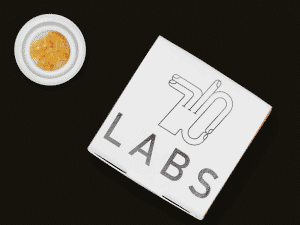
710 Labs’ Layla Live Badder: This hybrid concentrate packs 79.4% THC and a lemony orange flavor. It tends to develop a potent head high and relaxing physical effects. This is a prime bubble bath high, so use this to focus on a night of self-care.
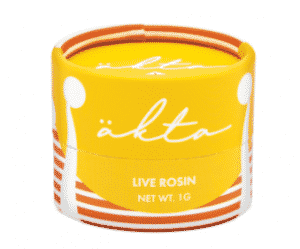
äkta Live Rosin: Pure cannabis rosin made by hand, this live hash oil has all of its cannabinoids and terpenes preserved. äkta’s products are made from all organically-fed cannabis and contain no chemicals or additives. The average THC potency is 70-78%.
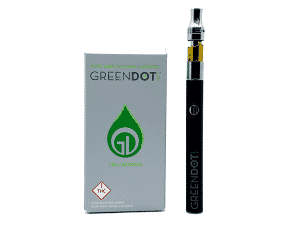
Green Dot Labs’ Silver Label Live Resin Cartridge: For those who prefer vape pens, this product is a must-have. These distillate-free Silver Label carts are packed full of natural flavor with zero additives. The carts can be found across Colorado, with a range of strains and potencies.
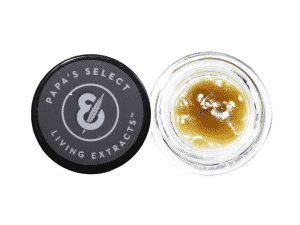
Papa & Barkley’s Sticky Papaya Ice Water Hash: Papa & Barkley is an Emerald Cup award-winning brand, known for sourcing clean-grown cannabis and its products’ unique terpene profiles. This ice water hash is a relaxing, sleepy indica that contains 71.73% THC.
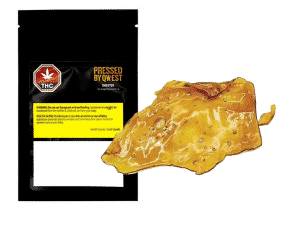
Pressed by Qwest’s Pink OG Shatter: Notes of sweet vanilla, pungent fruit, and light floral cascade from this indica-dominant shatter, thanks to its two starring terpenes: limonene and caryophyllene. It contains 71-79% THC.
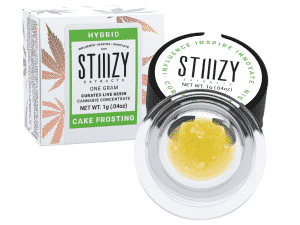
STIIIZY’s Cake Frosting Curated Live Resin: This heavy-hitting hybrid concentrate contains 82.99% THC. With its fruity, sweet flavor and creative, relaxing high, you can have your cake and eat it too.
a grain of rice — should be about 25 mg, or 1/20th of the container. That means each dab contains 20 mg THC.
For beginners just getting started with concentrates, it’s important to know your limits before expanding them. Make sure that your body can process cannabis comfortably before diving (or dabbing) in headfirst.
Concentrates are highlighting the best flavors, strains, and technologies in the cannabis world. Consumers — and their standards — are only getting higher, so it’s best to understand what these products have to offer as they take up even more shelf space at your local dispensary.
Photos courtesy of Oleum Extracts, Jeff W/fortheloveofsmoke via Unsplash, Andres Rodriguez via Flickr.

Jordan Winter, an award-winning journalist based in Lawrence, KS, comes from a long line of storytellers. A member of the Cherokee Nation, Jordan reports on the issues most important to her — justice, sustainability, and community — to make a positive impact on the world. She graduated from the University of Kansas in 2019 with degrees in journalism and political science. Check out her work at jrdnwntr.com.
